Your Friendship Can Survive (Social) Distance—But You Have to Work at It
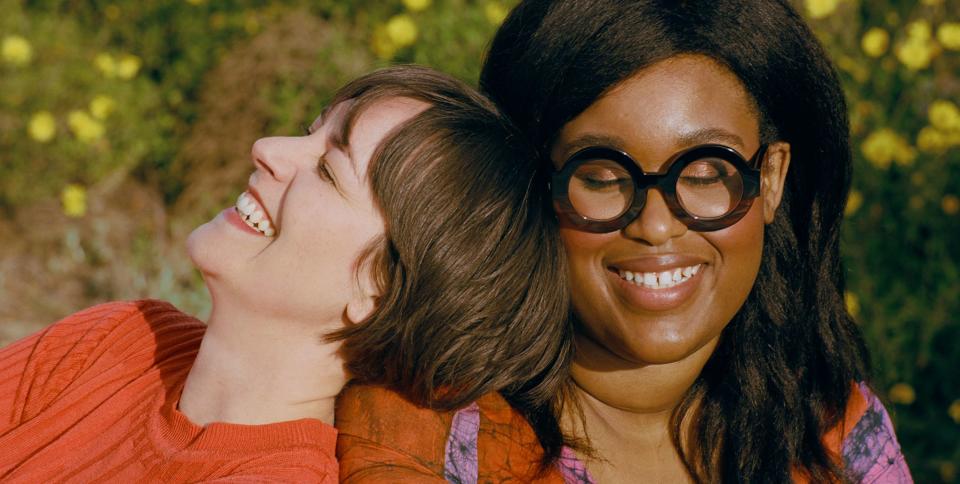
The loneliest year in our friendship was 2014. Aminatou had just moved across the country to San Francisco to start a new job, and one night she was sitting in her apartment, staring at reminders of Ann hanging on the walls. There were photos from our vacations to Austin and Palm Springs; mementos from many trips to thrift stores around the country; and cards scribbled with inside jokes. Whenever her new pals or colleagues asked about them, Aminatou would explain who Ann was: “my best friend,” supposedly the most important person in her life. What she wasn’t telling them was that at the time, she was barely speaking to her.
Meanwhile, Ann was sitting in her apartment in Los Angeles, putting her career back together after being fired from her dream job. She had a boyfriend who lived far away and she was traveling constantly, leaving her feeling unmoored—not just from the steadiness of her day-to-day routine, but from her closest friend. And she didn’t know how to talk about it.
When you see a friend regularly, you develop a collection of shared memories, and build an intimate understanding of your friend’s day-to-day experiences. But once you’re separated, you don’t have the context you once did. The calculus changes, even if you still expect your friend to be there for you emotionally.
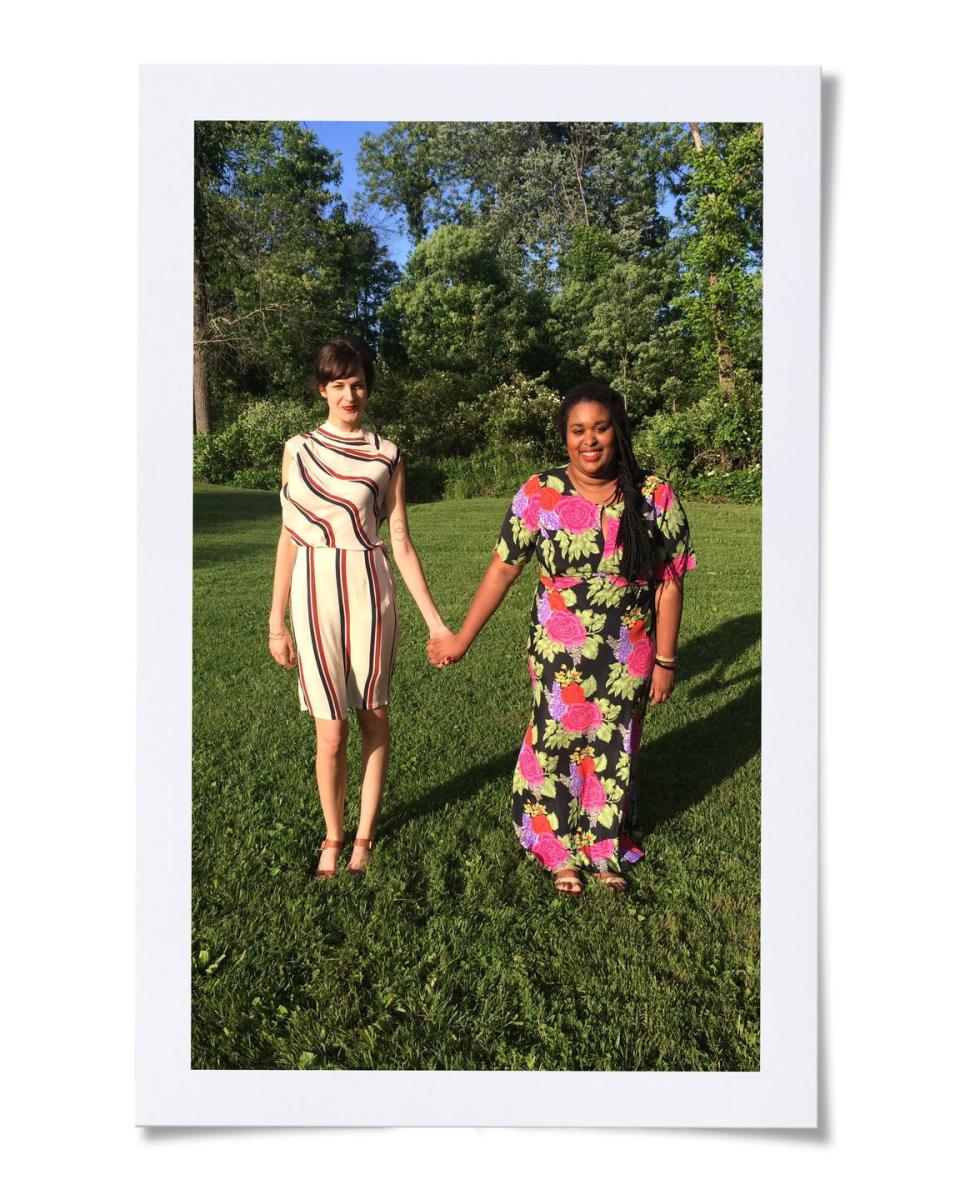
A lot of friendships have made the long-distance transition this year—not because one person has moved away, but because we’ve all spent months trapped in social isolation as we’ve waited out a pandemic. Friends whose relationships were forged by taking an exercise class together or getting drinks after work have had to decide whether they’re going to schedule regular video chats, surprise each other with the occasional call, or let the friendship lapse. Friends have also had to figure out how to talk about the grief and new difficulties presented by widespread fear and illness.
This is a high-stakes moment that presents the opportunity for friendships to deepen—and also the risk that they could disappear altogether. While it might seem like this is a challenge that’s unique to this time, in fact it’s the kind of hurdle that every long-term friendship will encounter. How each friendship weathers those shifts determines whether the friendship gets stronger or fades away.
“Are my friendships doing okay?” is not a question most of us are conditioned to ask ourselves. We’re taught that friendship is the easy part of life—the one relationship that will survive a period of neglect. If the circumstances of our lives change and the friendship doesn’t feel like it fits anymore, the advice is often, “Just walk away.”
The physical distance between us wasn’t new. Our friendship officially went long-distance at the end of 2010—a lifetime ago, when Barack Obama was president and we still occasionally wore American Apparel. We had known each other for just over a year, after meeting at a mutual friend’s Gossip Girl viewing party in the spring of 2009. But our lives in D.C. were already woven so tightly together that friends tended to link our names with an ampersand. We were inseparable.
And then we separated. In the early years of our long-distance friendship, one phrase dominated our messages to each other: “I miss you.” But as we adjusted, we got too comfortable with the miles between us and became complacent about what it means to be physically far apart. And when we started going through difficult things individually, it was a lot harder to keep our long-distance friendship intact. We knew the surface details, but we were no longer connecting on a deeper level. Slowly, an emotional distance took hold, exacerbated by the miles between us.
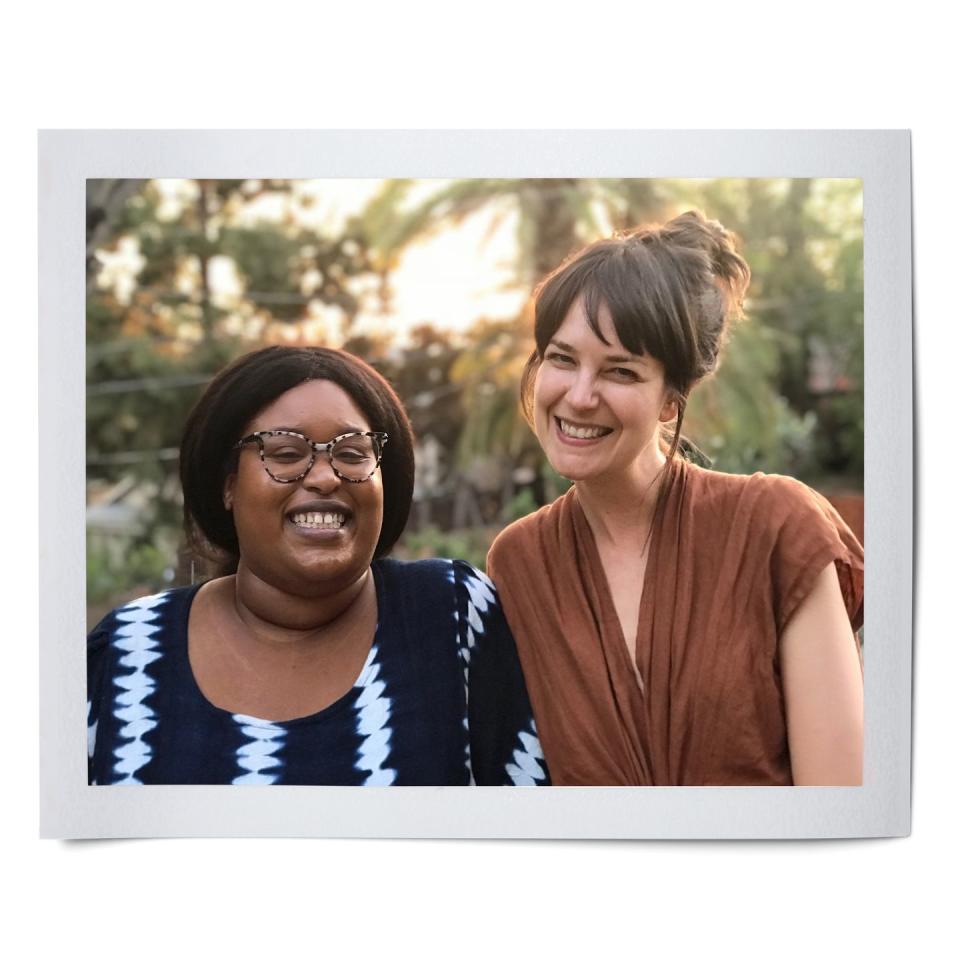
There was never a “right” time to bring up the disconnect. It felt too heavy for a quick weeknight check-in, and when we did find ourselves in the same city, we didn’t want to spoil one of our precious in-person hangs with a dreary discussion. We wish someone had been there to tell us what we know now: You have to prioritize conversations about things that feel difficult. We wish someone had reminded us that it was going to take work to transition to this new era with our bond intact. Someone to nudge us to ask each other questions like, “How can I support you right now?”
Staying friends through a pandemic presents its own set of challenges. At a time when we all feel emotionally raw and seriously stretched, adding “discuss the terms of all my close friendships” to the to-do list is probably unappealing. We’re all just trying to figure out the best way to get groceries and make it through the week—and we have our own set of judgments about how our friends are navigating these trying times. A New York Times story described how many relationships (friends, neighbors, parents) are being strained over disagreements on how to handle social distancing. “People are constantly judging what others are doing and posting about it like they’re the shelter-in-place police,” one woman told the Times.
And then there’s the difficulty of keeping up enthusiasm when it feels like there’s nothing to report. “Have you noticed the way in which conversations in this era can quickly become recursive?” asked Spencer Kornhaber in The Atlantic. “You talk about the virus. Or you talk about what you did together long ago. The interactions don’t always spark and generate as easily as they once did.”
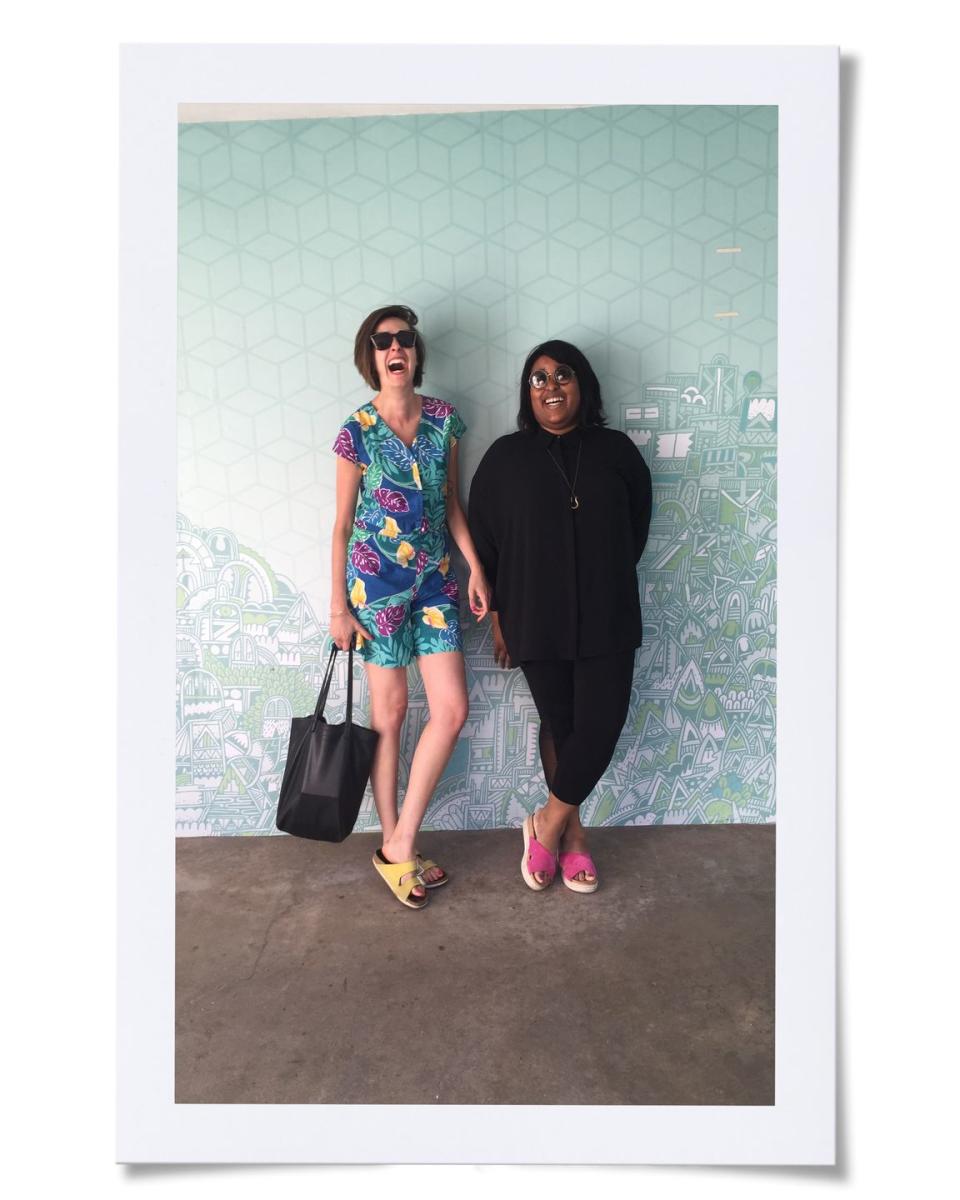
Deep connections have never been more crucial, even though they can simultaneously feel impossible to maintain. But here’s why it’s important to try: The best time to address a change affecting your friendship is as you’re going through it, rather than allowing the relationship to break down and then trying to repair it. We know this because it took us a really long time to acknowledge we had drifted apart, and even longer to try to fix things.
During our period of emotional distance, we had fallen into some bad patterns: Ann was so afraid of hurting Aminatou that she would hold back. While Aminatou, sensing Ann was withholding, moved further away herself. Ann, who could tell that Aminatou was moving away, figured she had done something to hurt her, and backed off even more. We weren’t communicating any of this directly, just misinterpreting and making meaning out of everything in our own heads.
In recent years, we’ve gotten better about bringing up our feelings in real time. We feel grateful that we learned this painful lesson years ago, so this pandemic hasn’t presented the challenge to our friendship that it has to some others. But that doesn’t mean everything is easy for us these days. We still have to force ourselves to address disconnects and miscommunications. It’s always hard to acknowledge that things have changed in a friendship—or, perhaps even worse, that circumstances have changed, and the friendship has stayed static.
Here’s the good news, though: Making it through a time of strife can cement a friendship for the long haul. That’s because once you’ve learned how to adapt to a big challenge, you’ll know how to get through others in the future. That doesn’t mean coronavirus has been good for friendship—we’d never argue that. However, making it through a period of distance, whether it’s physical or emotional, means you’re choosing the friendship deliberately.
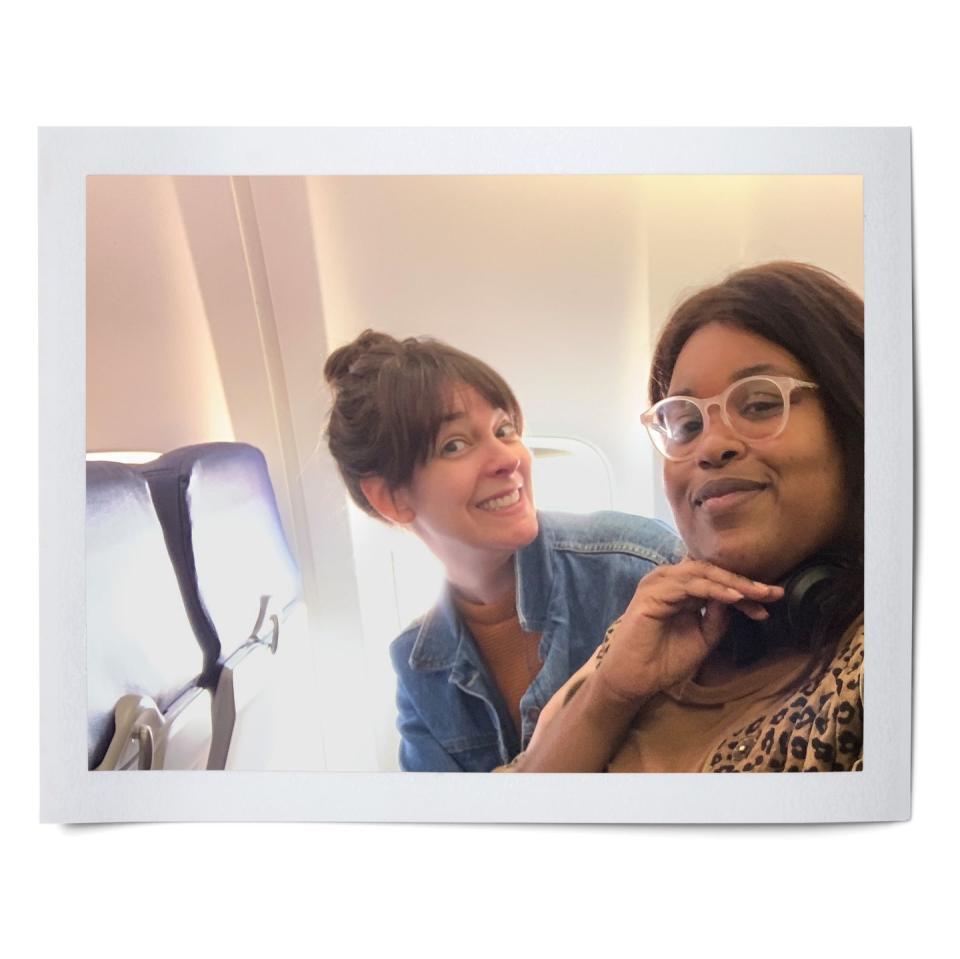
We now have a deeper knowledge of each other than we ever had before our friendship was challenged. In order to stay friends, we had to figure out how to adapt to the shifts in each of our lives—a skill we didn't realize we would need. Everyone expects to experience change or conflict with their family or spouse, and the same is true for our closest friendships. Any intimate relationship needs to be resilient to survive.
A lot has changed since our earliest days as long-distance friends. We still tell each other “I miss you” all the time. But our more common refrain is “Still here.” We like to remind each other that despite having had periods of estrangement and difficulty, we are still a core part of each other’s lives. That we don’t just miss what we had in the past—we will be around for each other well into the future.
This article appears in the August digital issue of ELLE available on Apple News+.
You Might Also Like

